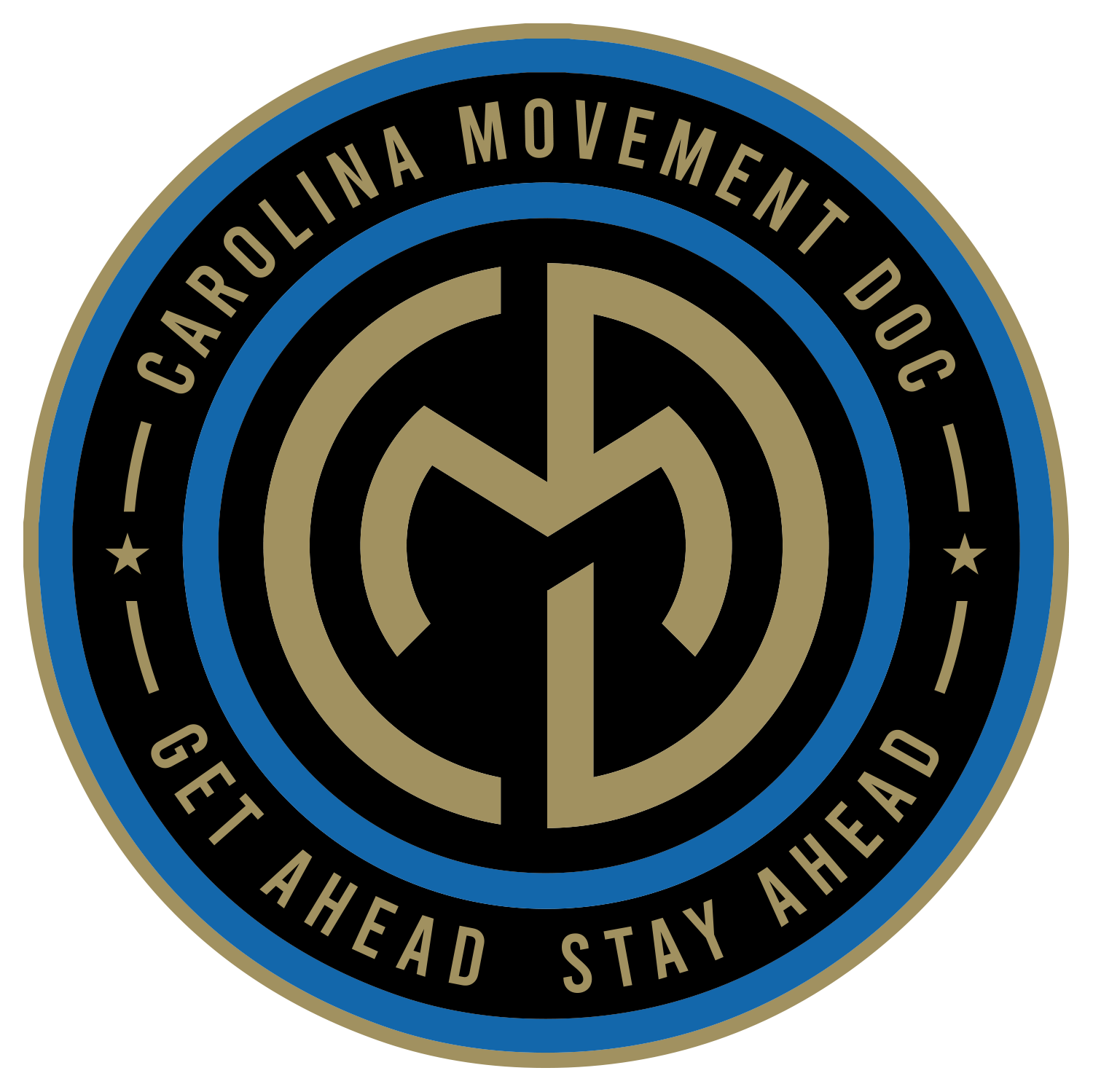Why We Hurt More When It’s Cold
It’s November in North Carolina. Winter is coming. The days are shorter, the smell of pumpkin spice is in the air, Halloween decorations come down as Christmas decorations go up, the air is crisp as the temperature drops and… my knees hurt.
My knees hurt, my elbow is making this weird popping upon extension, and if I turn my head to the left too fast it’ll be stuck there until next Tuesday.
Jokes aside I ask myself:
“Why do I always hurt when it’s colder outside?”
I’m sure many of you have asked yourselves the same question. Well wonder no more because I did the research, so you don’t have to!
Turns out, our bodies hurt more in the cold due to 3 things:
1. Reduced circulation
In cold environments, your body prioritizes keeping vital organs warm, so it constricts blood vessels in your hands, feet, and limbs. Less circulation = muscles stiffen and joints feel achy.
2. Barometric (air) pressure changes
Before cold fronts or storms, atmospheric pressure often drops. Lower pressure means tissues can slightly expand, which irritates nerves in already-sensitive joints (people with arthritis often feel this most).
3. Thickening of synovial fluid
The lubricating fluid inside joints becomes more viscous (thicker) when cold, so the joint doesn’t move as smoothly. This increases friction and discomfort.
So what can we actually do about it?
Just because the cold weather makes our bodies sound like Rice Krispies (snap, crackle, pop) doesn’t mean we’re doomed. We don’t have to hibernate until April or walk around like a board that used to be a person.
Here are a few exercise and lifestyle modifications that make a big difference:
Warm up… more than you think
Look — I know. The last thing anyone wants to do when it’s cold is move more.
But jumping straight into stretching when you’re cold is like trying to bend a popsicle. It’s not gonna go well.
Instead:
5–8 minutes of light movement (marching in place, brisk walk, jumping jacks, etc.)
THEN stretch or start your workout
Your tissues need warmth before flexibility.
Think: microwave the leftovers before trying to cut them.
Move the joints to “stir the joint soup”
We’re talking mobility — not advanced yoga pretzel poses.
Try:
Shoulder circles
Cat-cow (yes, like the Instagram Influencer yoga girls)
Hip openers
Ankle/wrist circles
We’re not auditioning for Cirque du Soleil — just keep the joints moving.
Hydrate. (Sorry. I don’t make the rules.)
Cold weather makes you forget to drink water because your brain thinks,
“No sweat = no water needed.”
Wrong.
Dehydration thickens your joint fluid. Thick fluid = stiff joints.
Half your body weight in ounces, bare minimum.
Yes, coffee counts… emotionally. Physically… not so much.
Dress like you’re going to enter the Arctic Games
Warm joints = happy joints.
Compression sleeves, layers, heating pad on your low back before you head out — cheat the system.
How massage therapy fits into this winter survival plan
Massage therapy isn’t just “bougie relaxation.”
Well… okay, it is relaxation…
but it’s also basically the cheat code for “my body feels like cold Tupperware.”
Here’s how it helps when temperatures drop:
Improves circulation (your muscles get fresh, warm blood again)
Reduces muscle guarding (that constant tension your body creates to stay warm)
Softens tight tissues (so you can turn your head without scheduling an extra day off to recover)
Helps joints move smoother (less friction, less pain)
Plus:
For one glorious hour, someone else handles the knots and the tension.
You don’t have to think. You just exist. And drool a little.
No judgment. Happens to the best of us.
Final thought
Winter doesn’t have to mean feeling like a creaky old barn door.
Warm up smart.
Stay hydrated.
Keep moving.
And if your joints still feel like they were forged by IKEA with missing pieces…
Book a winter tune-up massage and let’s get your body back to feeling like yours.
Your future self — the one who can turn their head without needing assistance — will be very proud.

